GoHome is a final year project I completed back in 2020. I am profoundly excited to share my award-winning project with the world! I have divided this case study into 9 chapters. Bon Appétit.
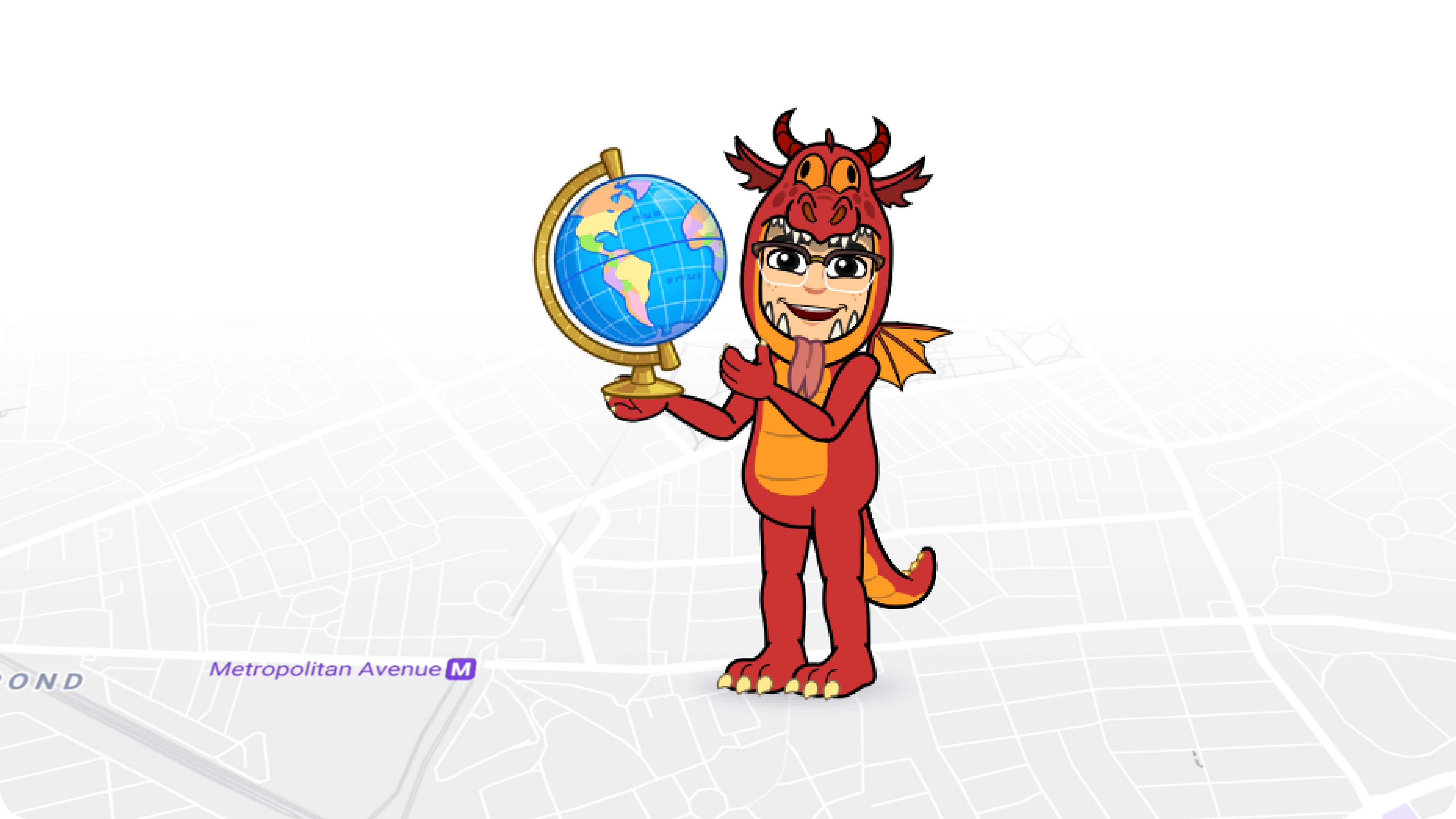
The final year project is a big boss of my course. Indeed, it can be difficult, especially for me with a lack of direction. However, with a proper plan, conducting the project can be one of the course’s most productive and fulfilling experiences.
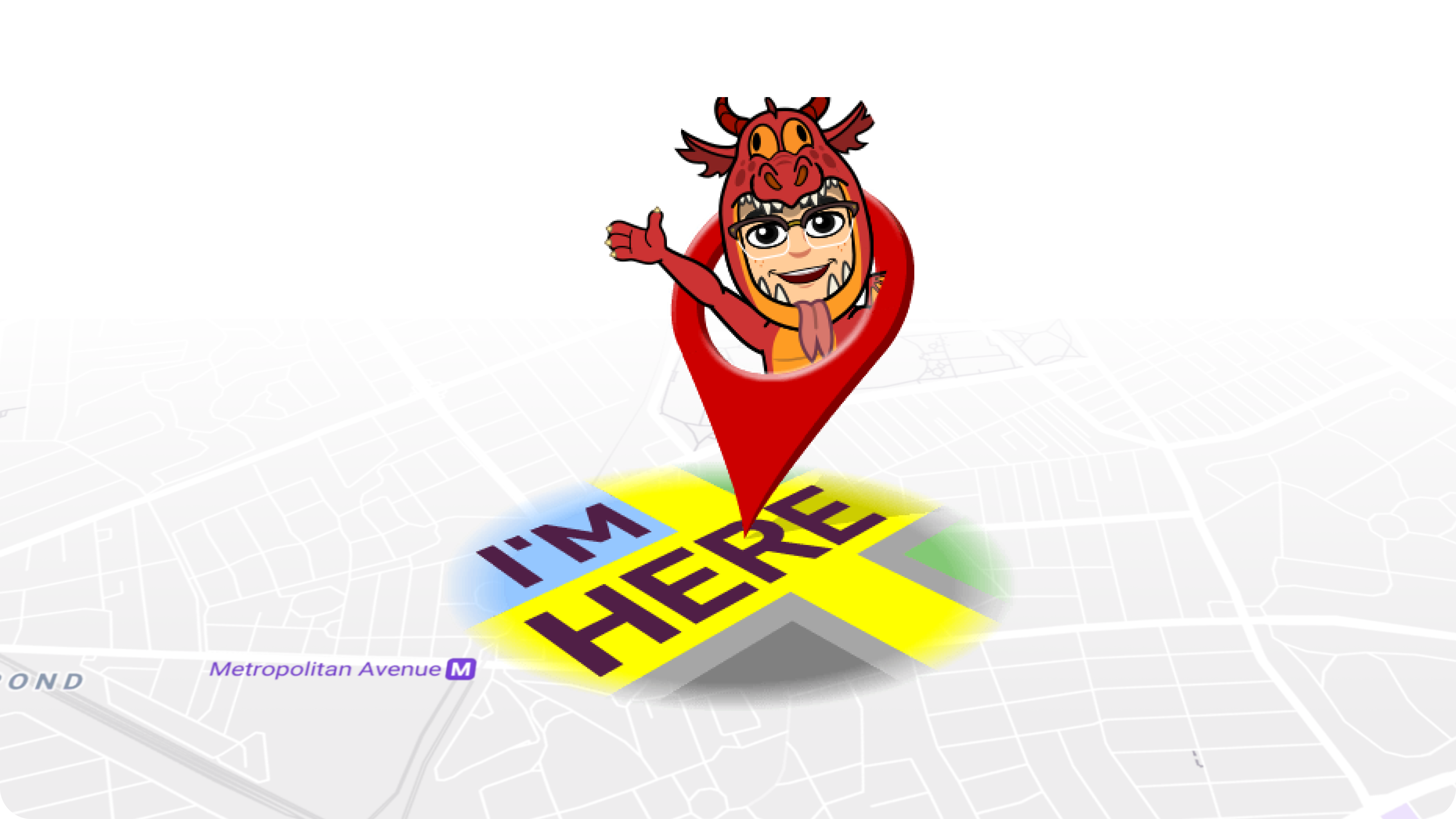
Deciding upon the research is the most challenging part of a final year project. I got overwhelmed by the sheer amount of options. Perform thorough research before concluding and never back away from taking advice. First, however, I make sure that the final decision lies in my hands.
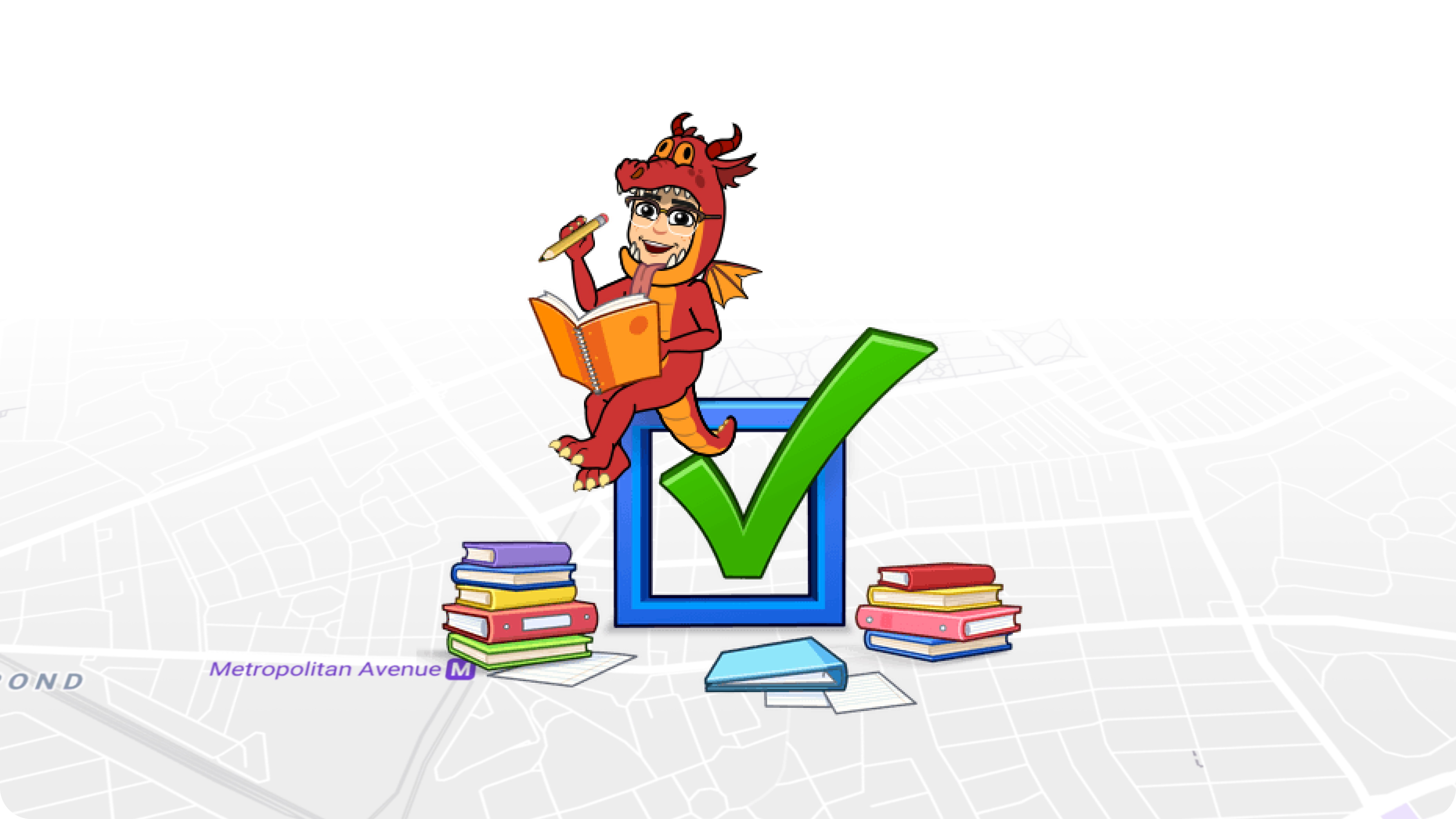
The project proposal will determine whether it will get approved or not since it will outline what the project intends to accomplish and how feasible it is. It should include the proposed project’s problem, objectives/goals, core experience, etc. I spent ample time on the proposal to convince myself that the project was worth the time, money, and effort required to complete the work.
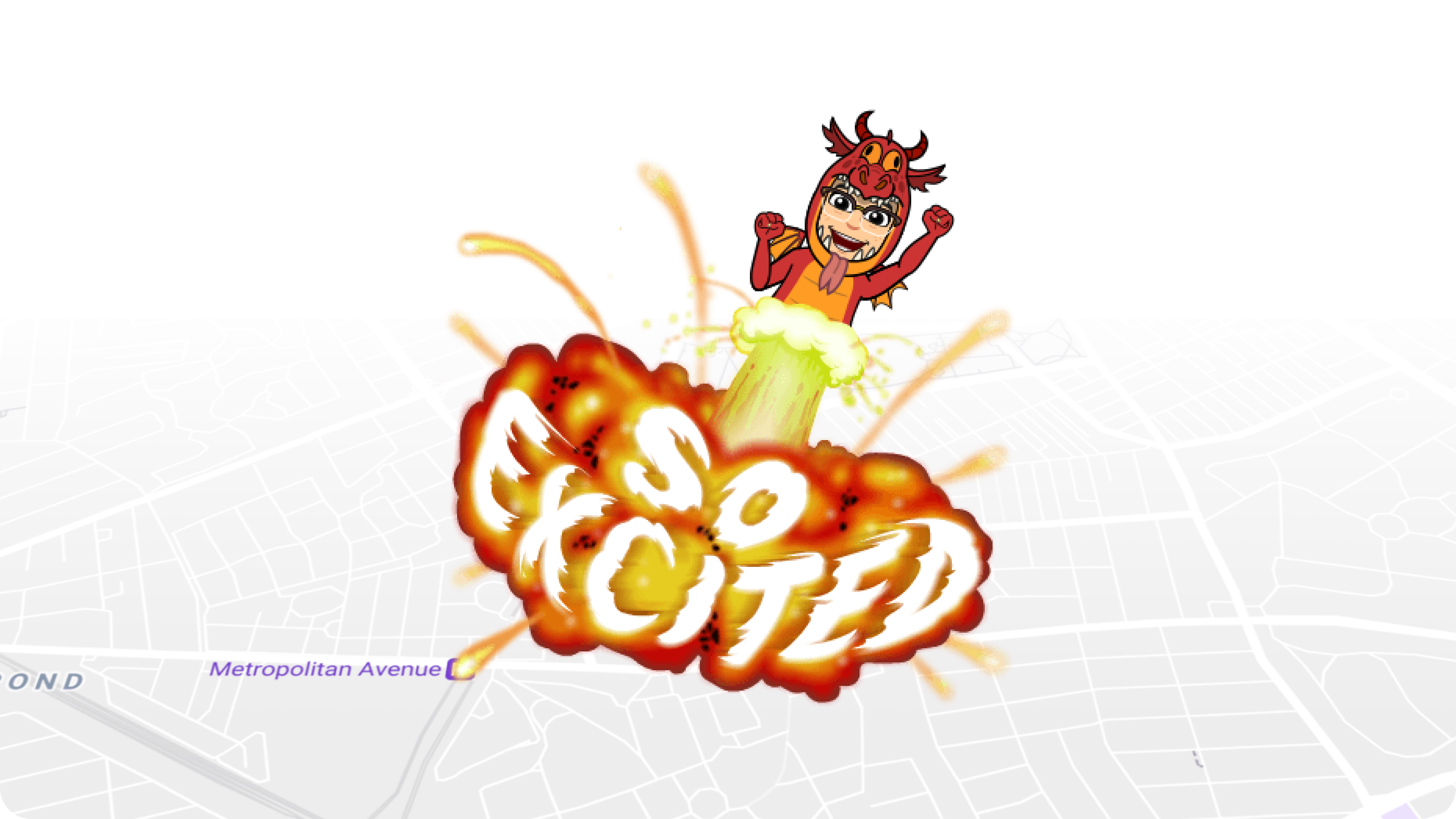
It’s game time! I made a roadmap for the product development lifecycle. I covered every aspect of my research. It consists of qualitative and quantitative research, usability testing, heuristic evaluation, etc.
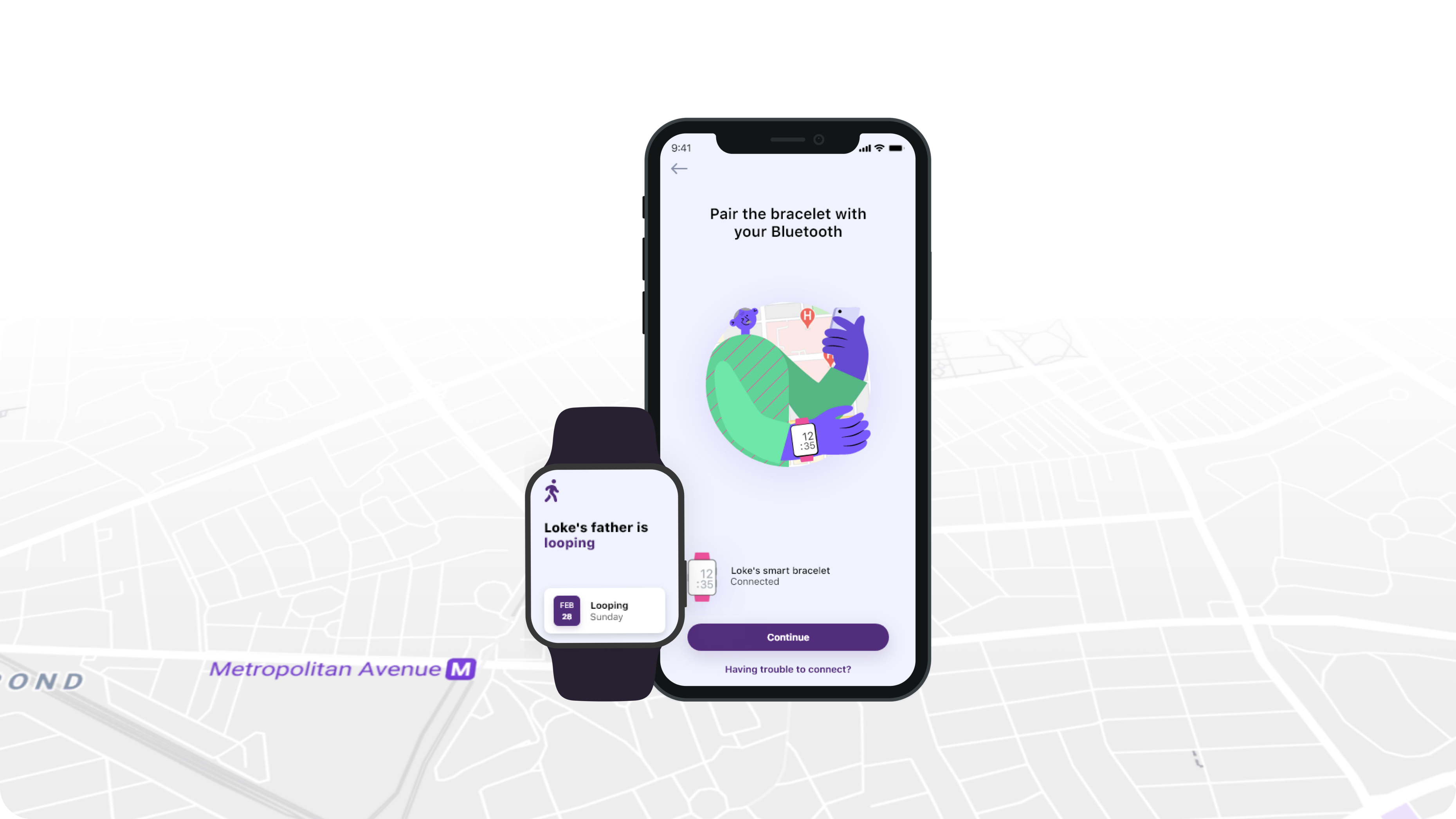
GoHome is an award-winning project, and it’s a solution for wanderers with Alzheimer’s Disease.
According to statistics, 6 in 10 people with Alzheimer’s Disease will wander. This behavior can be distressing for caregivers and dangerous for individuals.
It is known that individuals with Alzheimer’s are more susceptible to wandering than others with vascular or any other type of dementia.
So why is wandering so dangerous? An Alzheimer’s individual who wanders outside alone can quickly become lost, confused, injured, or even die from exposure to harsh weather or other safety risks. In addition, the research found the survival rate drops dramatically the longer it takes to find the wanderer.
Allow the public to relocate the Alzheimer’s patient who wanders in the shortest possible time.
Allow the public to tap on the smartwatch to help relocate the Alzheimer’s individual who wanders.
The smartwatch will notify the caregiver and the authorization if the patient has suspected wander patterns.
✅ Pros
This is a safe way to prevent dangers when the Alzheimer’s patient wanders.
The GoHome app allows the caregiver to add members to be a part of taking care of the patient.
✅ Pros
Caring for an Alzheimer’s patient together to minimize the caregiver’s burden.
This feature allows the public to tap on the smartwatch screen with their phone (NFC tag). If no one taps within 10 seconds, the police stations nearby will be alerted.
✅ Pros
Allow the public to relocate the patient in the shortest time.
Step 1
The looping footsteps will trigger the smartwatch. Once the smartwatch has been triggered, it will play a sound to attract attention.
Step 2
The public can tap the smartwatch with a mobile phone (NFC tag).
Step 3
The caregiver will receive a phone call instantly.
Step 4
Police stations nearby will be alerted if no one taps within 10 seconds.
GoHome mobile app
📱 Onboarding screens
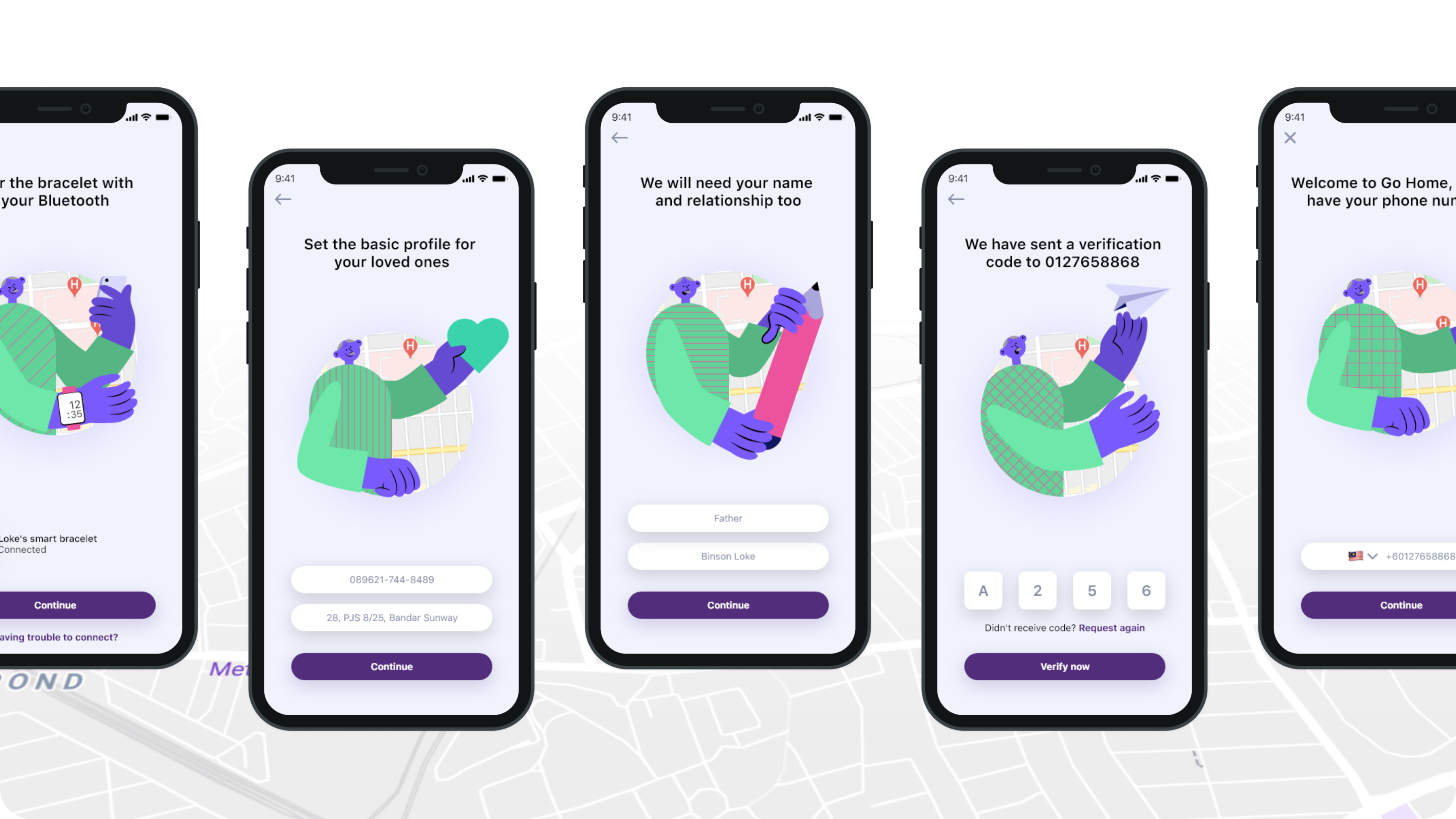
The onboarding screens assist the caregiver when they first land on the app.
📱 Home screen
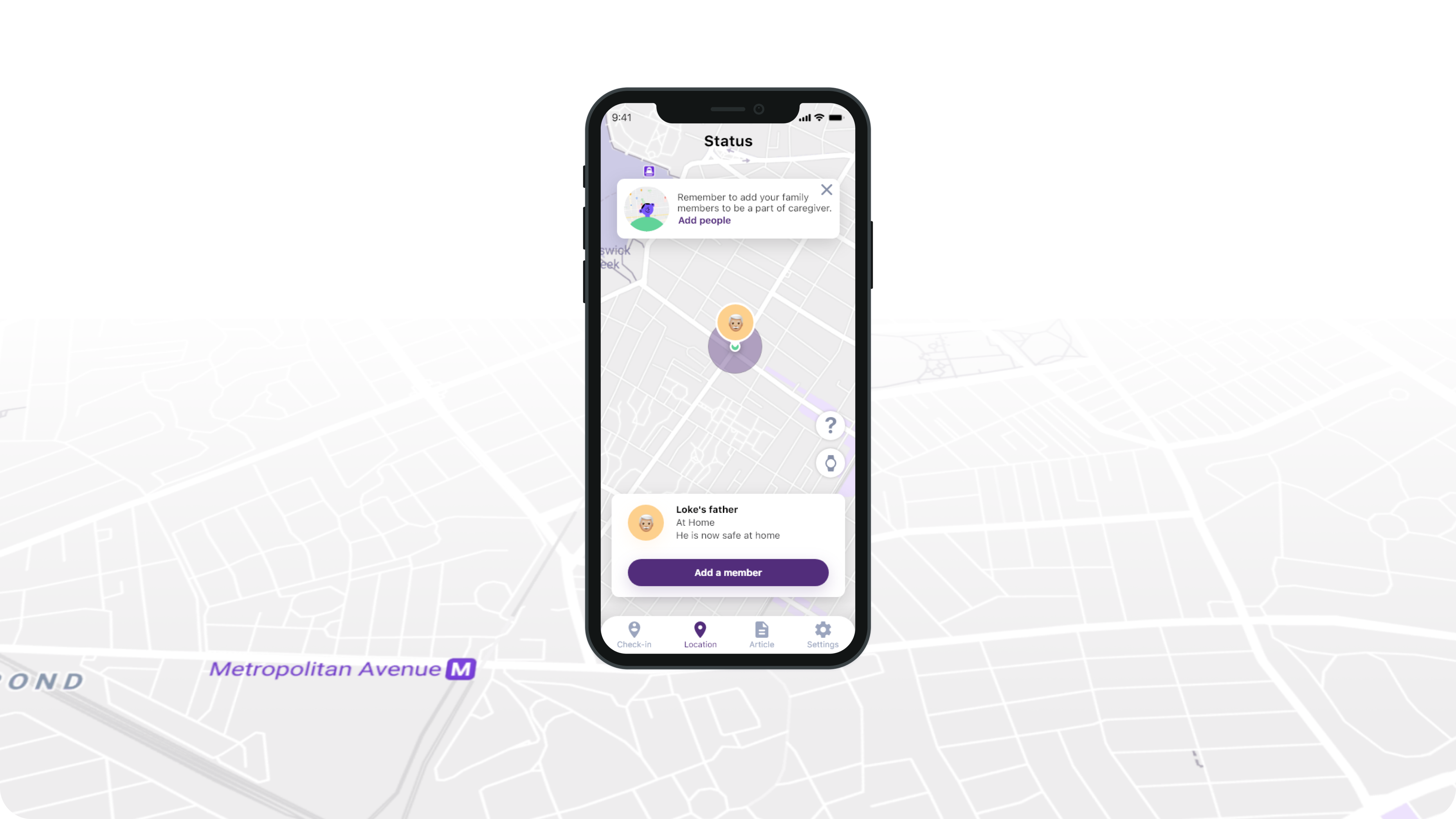
This feature allows the caregiver to track the patient’s real-time location.
📱 Add members screens
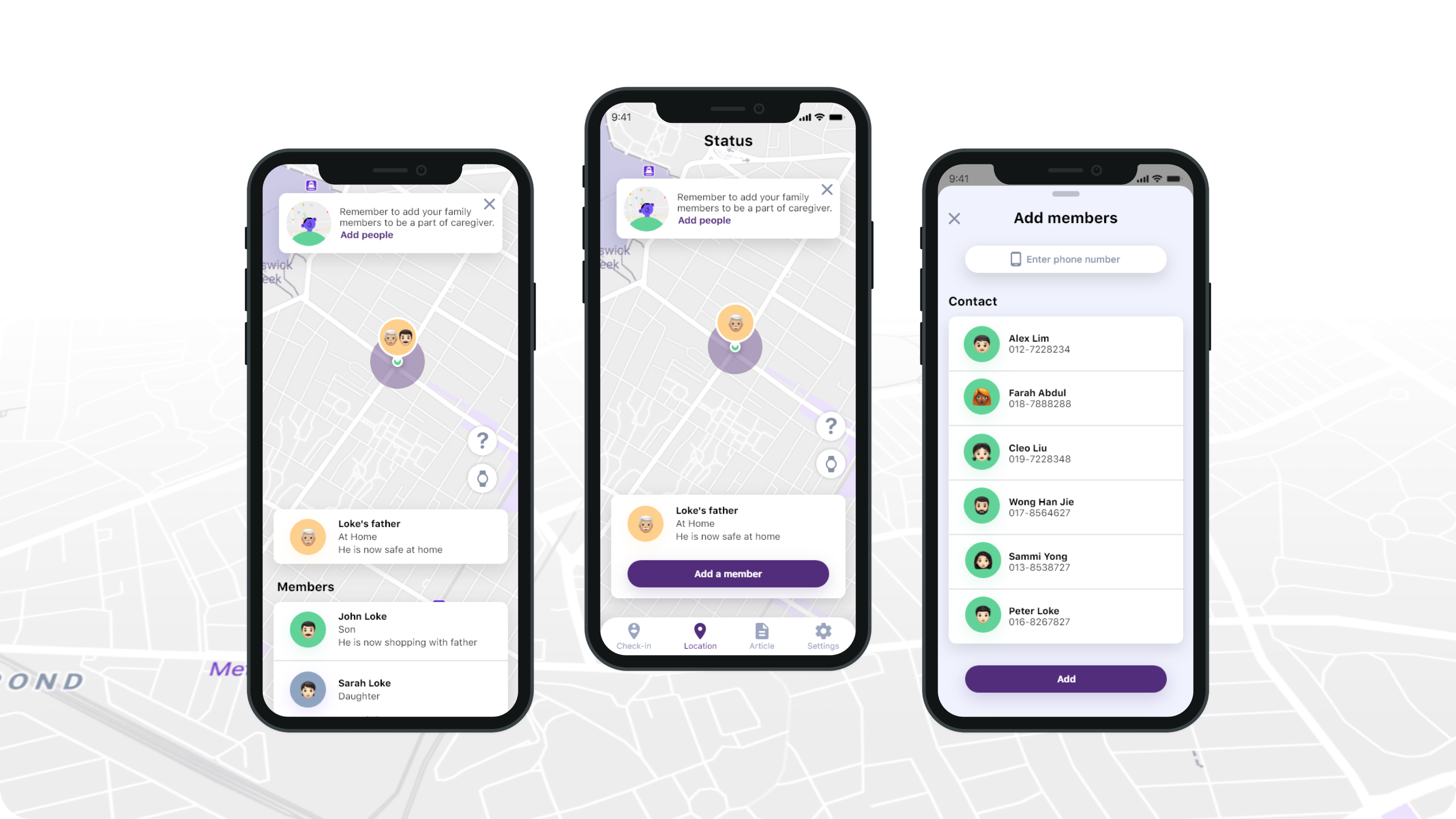
This feature allows the caregiver to add members to be a part of taking care of the patient.
📱 Check-in screens
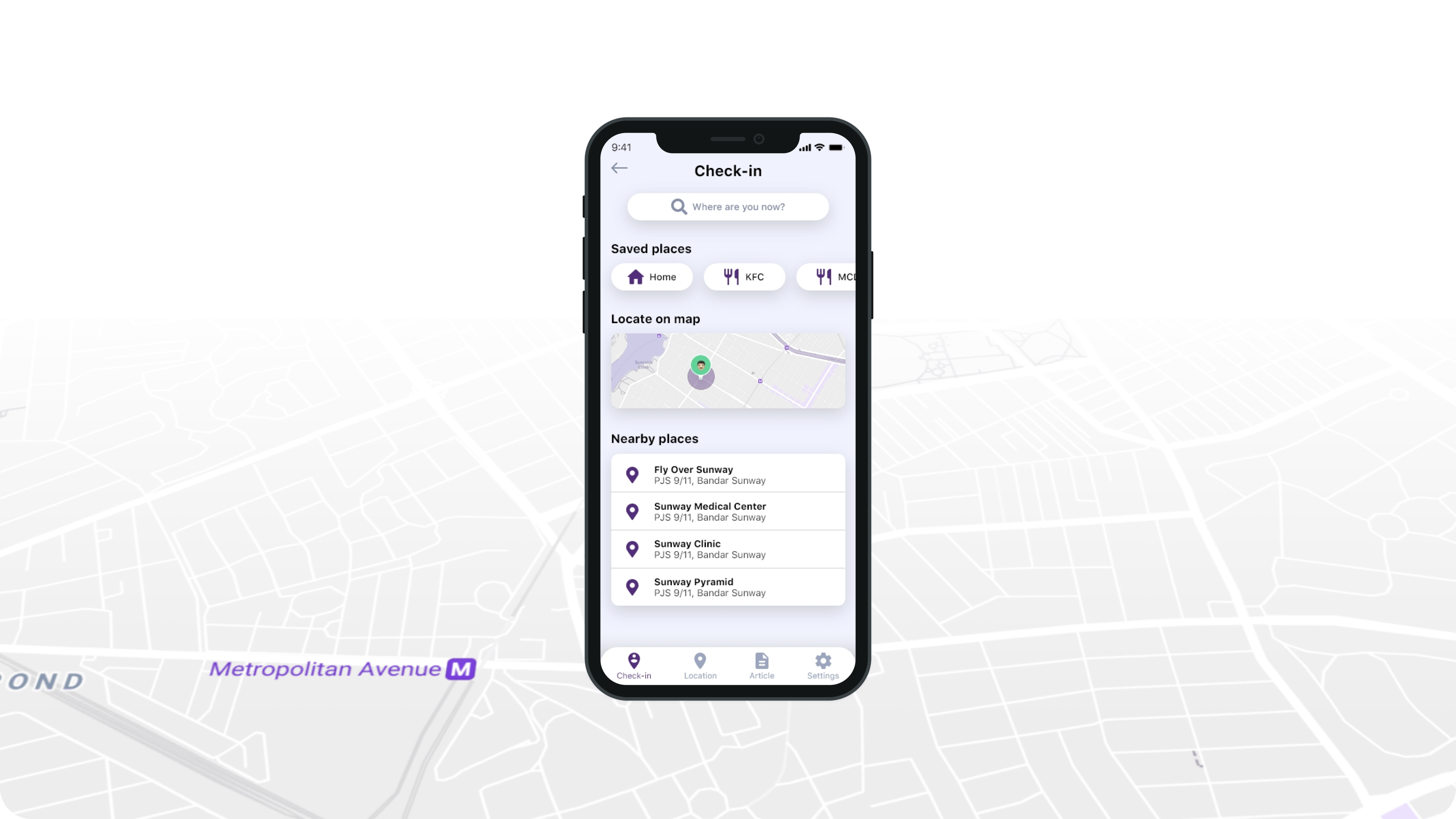
This feature allows the caregiver to share their real-time location with other members.
📱 Location history screens
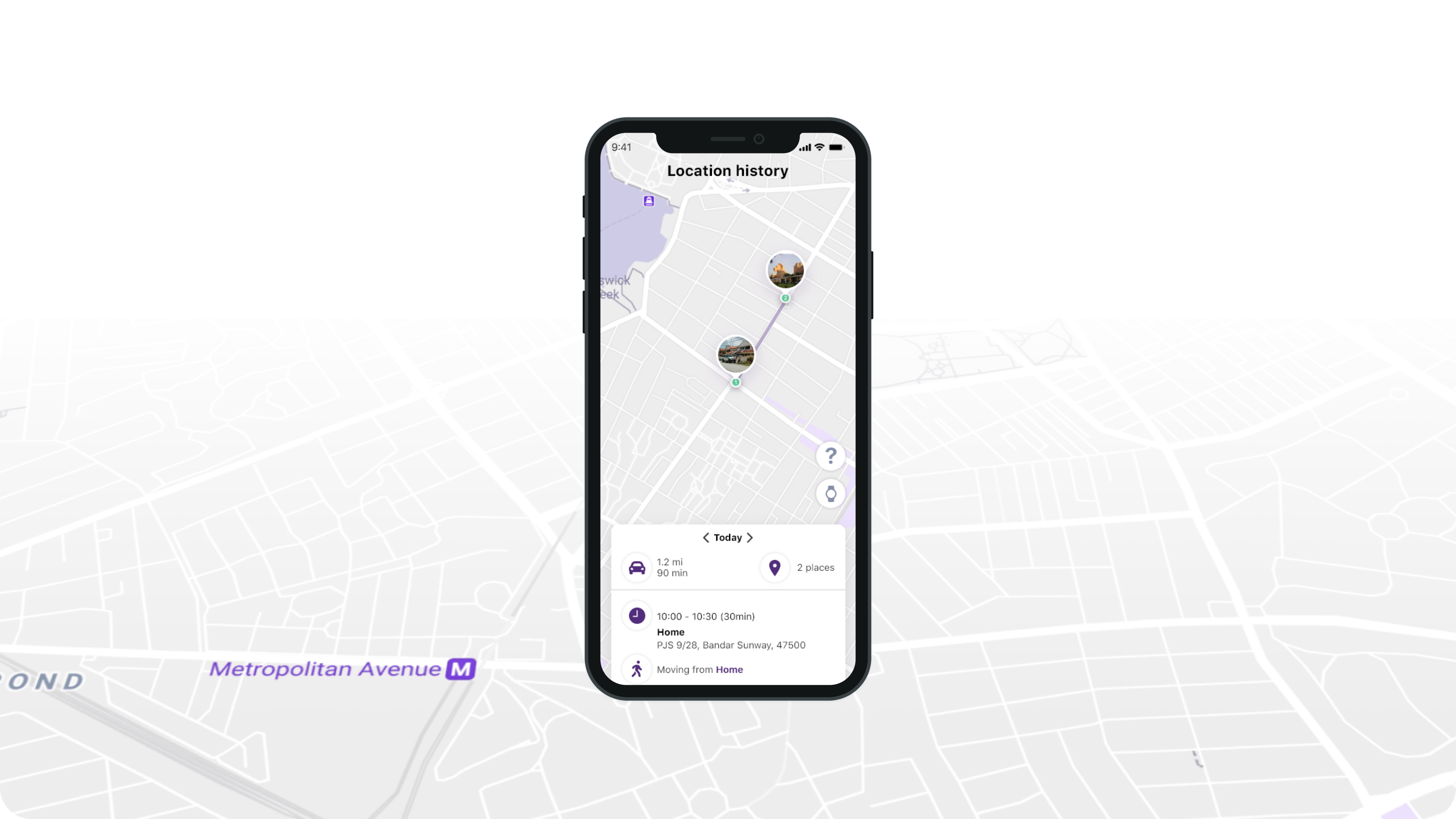
This feature allows the caregiver to check the history of the patient's whereabouts.
📱 Article screens
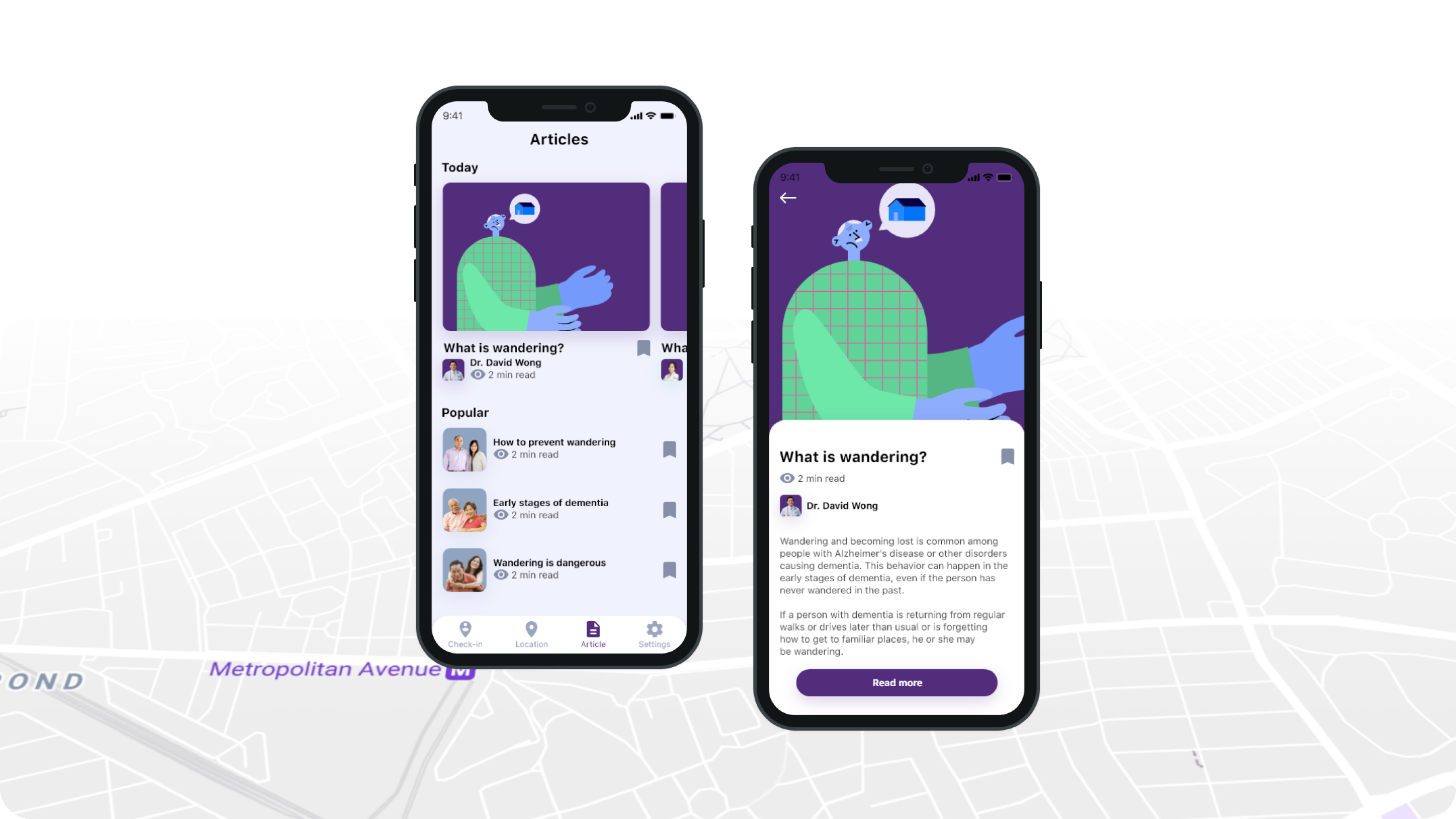
This feature allows the caregiver to explore their favorite Alzheimer’s Disease articles.
🕰 GoHome smartwatch
Smartwatch
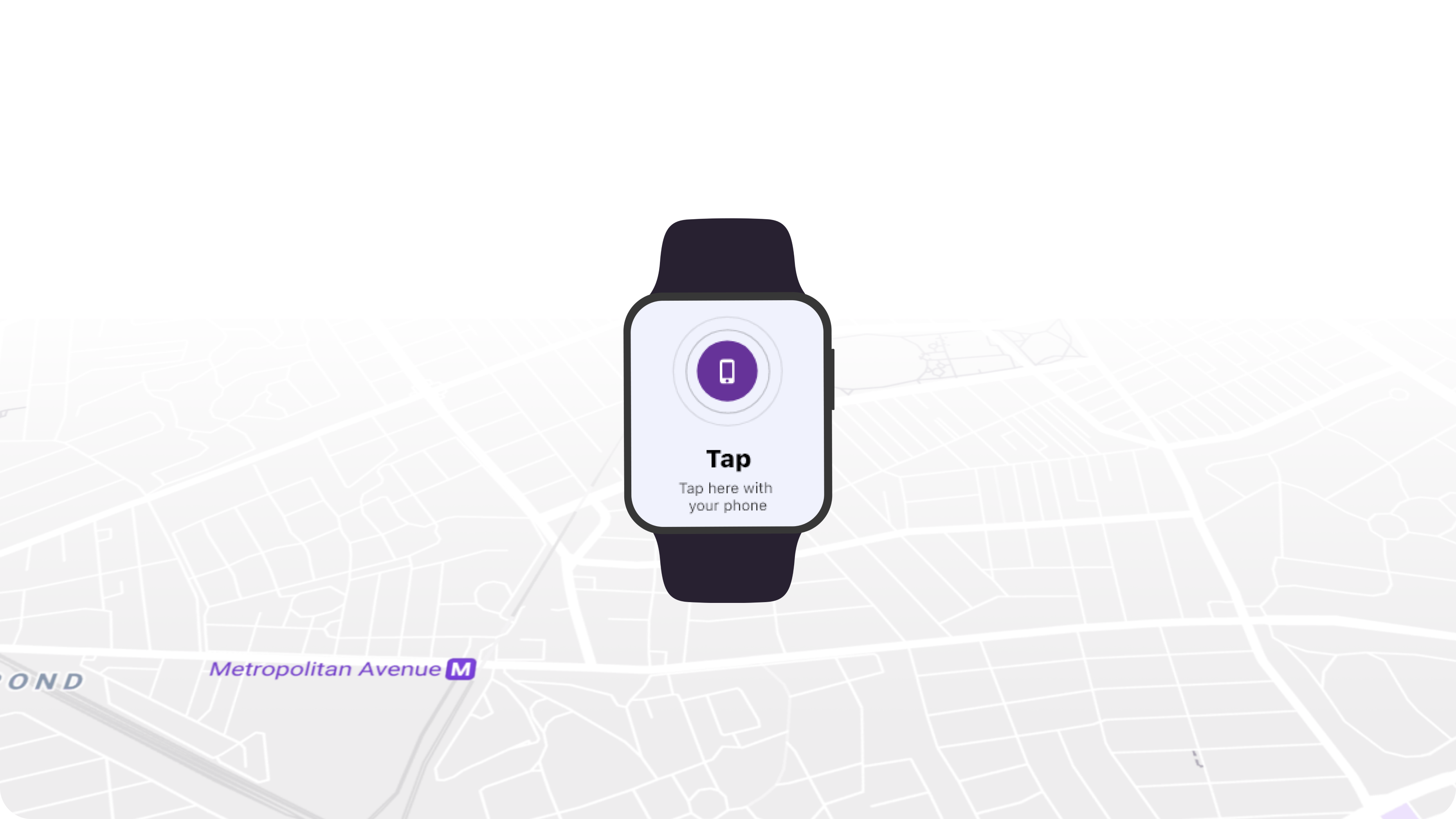
This feature will notify the caregiver and the authorization if the patient has suspected wander patterns (for the Alzheimer’s individuals).
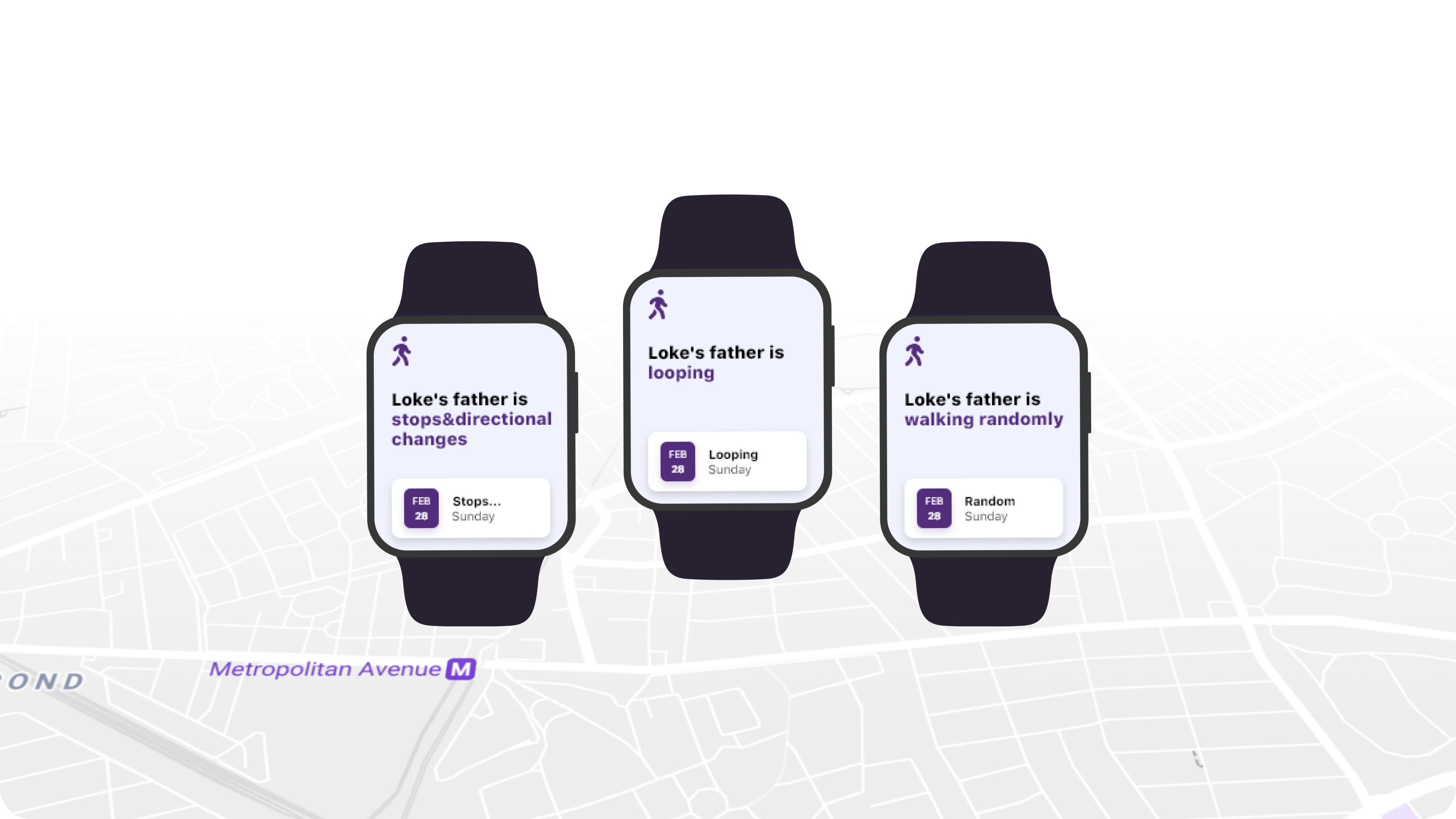
This feature allows the caregiver to explore their favorite Alzheimer’s Disease articles.
Before submitting my work for the competition, I was a bundle of nerves because this was my first time! But I did it anyway.
Guess what! I received an email from IDA telling me I won a Silver in Interactive Media and an Honorable Mention in User Interface Design. I did spend over months creating this project, and this was a roller coaster ride for me! Finally, my hard work paid off. Feel free to visit my work on the IDA website:
Never stop dreaming
Always think beyond your expectations so you can achieve more.
Set a clear and realistic goal
Achievements are always the best way to make yourself feel proud!
Stop thinking; start doing
The best time to start was yesterday. The next best time is NOW.
Thanks for reading so far!
Hey, whether you’re looking to discuss a new project or simply say hello. I’d like to hear from you.
The Alzheimer’s Association estimates that 60% of people with dementia exhibit wandering behaviors.
Although dementia-driven wanderers are typically found near their homes, they may not think they’re lost or ask anyone for help.
Wandering can occur in a random pattern or a lapping type, i.e., going around in a looping fashion.
Caregivers need to know about the person’s lifestyle before the onset of dementia, and they can follow tips like using integrated tracking devices.
Most caregivers are too busy at work, so they don’t have sufficient time to care for their loved ones with Alzheimer’s Disease.